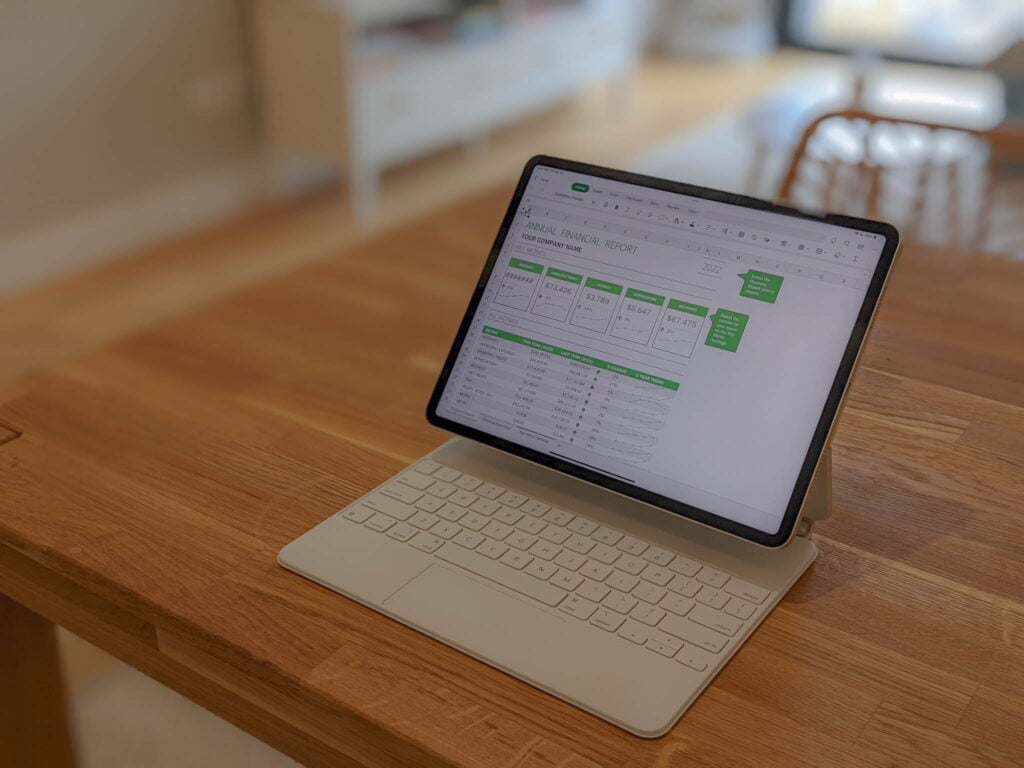Visual Basic for Applications, also known as VBA (or Visual Basic for Applications), is a programming language which allows Excel to perform tasks that would be impossible or impractical using traditional spreadsheet methods

How to Use VBA and Macros to Automate Tasks in Excel.
This tool is powerful and flexible for handling Excel data. It can be used to do anything from copying and formatting data in Word, to moving it into a PowerPoint slide show.
What is VBA?
VBA is an internal coding language in MS Office programs, such as Word, Excel and PowerPoint. This allows users to streamline processes and automate applications.
VBA also enables Excel users to create macros, which are groups of instructions that perform specific computing tasks. Macros are often used to automate repetitive tasks like data cleaning and formatting, capitalizing text and creating tables of contents.
VBA is used by financial professionals such as portfolio managers or analysts to perform data analysis. Large amounts of data are fed into the relevant cells using VBA. The data is then processed and displayed in graphical formats, such as bar charts.
Basics of VBA

VBA Scripting
VBA, a programming language included in Microsoft Office software applications is available. It can be used to automate tasks, create custom functions and commands, and more.
VBA, or Visual Basic for Applications is a language used to program MS Excel. You can use this to save time, especially if your tasks are repetitive.
You need to be able to comprehend the basics of programming so that you can decide if it is right for you.
For example, if you’re looking to calculate the monthly payment amount for a loan, you may want to create a VBA program that automatically computes it for you. You can do this by creating a procedure, which is a section of code that performs a specific task.
Creating a Macro
You can create macros to automate repetitive tasks by running small programs. They’re used to save time and improve productivity in spreadsheets.
You can create a macro using Excel’s Visual Basic programming language. If you are not comfortable with VBA, it can make the whole process frustrating.
First, define variables you will use in your code. Variables are pieces of memory that can hold data while a macro runs. They’re also a good way to store information that you need several times throughout your macro.
A Complex Macro
Macros are an incredibly powerful tool for automating tasks in Excel and other Microsoft Office programs. You can save time by having repetitive tasks done for you.
To build a macro, first add the Developer tab to your Excel ribbon. You’ll find here all of the buttons and functions you will need to create your macros.
After you’ve opened the Developer tab, click on the Macro Recorder button to start recording your macro.
Before you stop recording, be sure to check that relative reference recording is turned on. This will allow your macro to process data that begins in any location on the spreadsheet.
All Ideas
If you’re a teacher, scientist or entrepreneur, chances are you’ve used Excel to analyze data. It’s an essential tool for anyone who needs to visualize large amounts of information quickly and accurately, or for those who need to compare their results with others.
Excel allows you to connect with external data sources, which is a great benefit when trying to understand complex numbers or statistics.
Microsoft’s researchers have been pushing forward the idea of turning Excel into a programming language, and they’ve recently added a new feature called LAMBDA to their formula language. LAMBDA allows users to define custom functions within named functions and call them from any other place in the spreadsheet.
